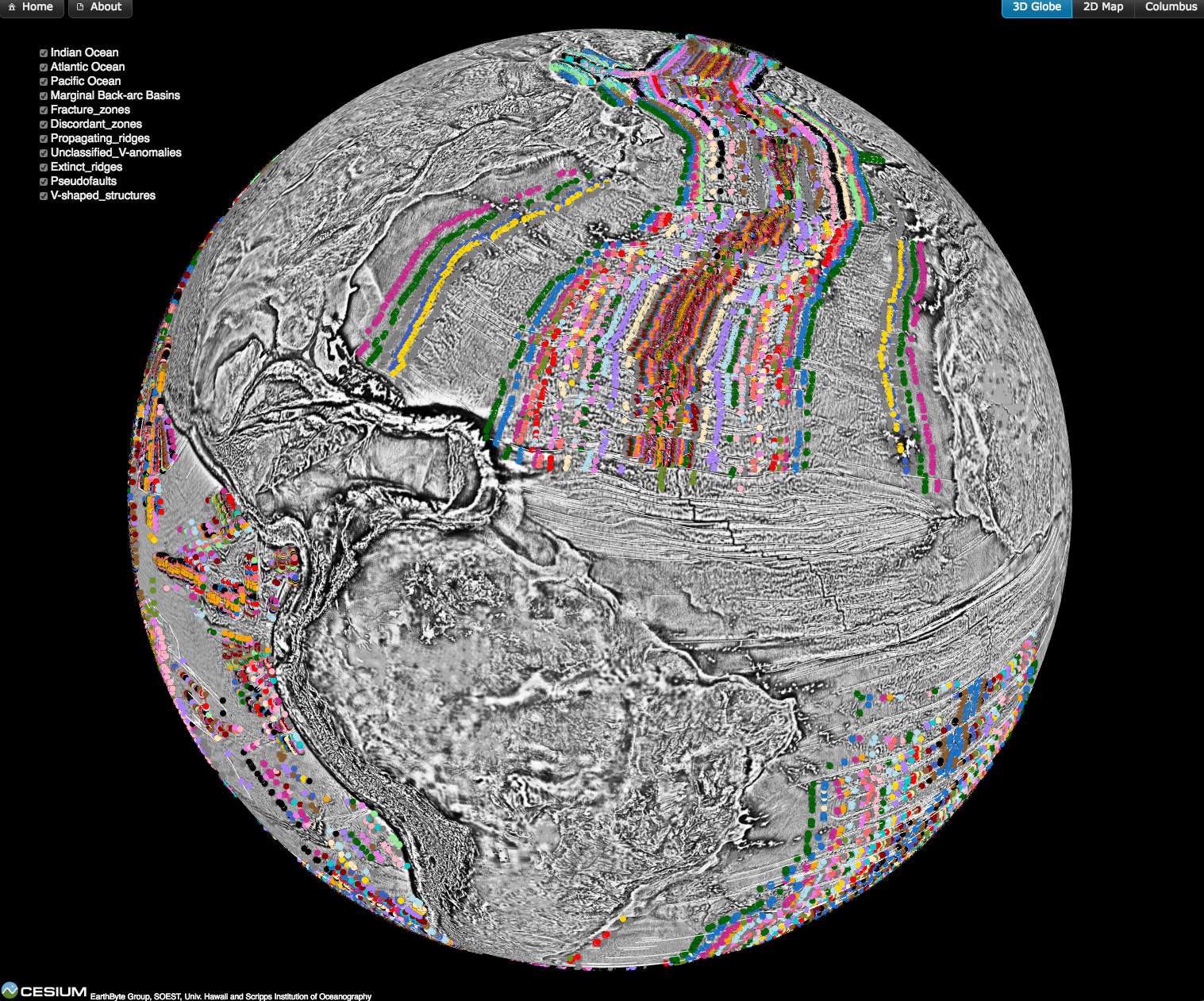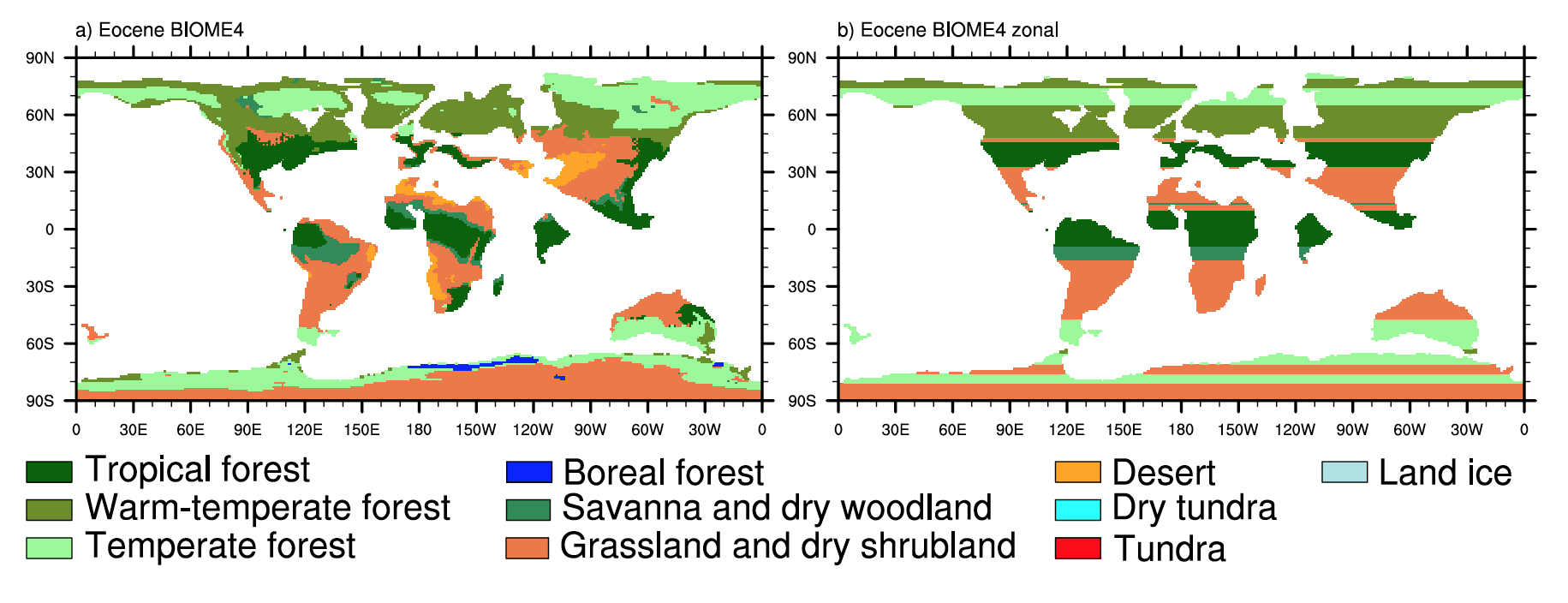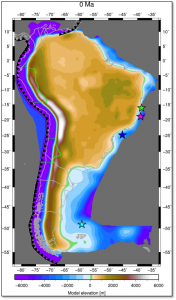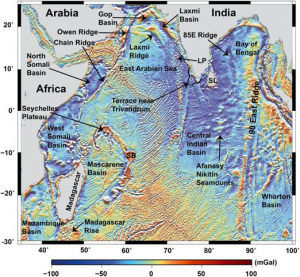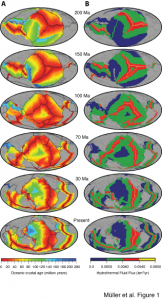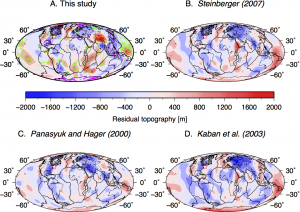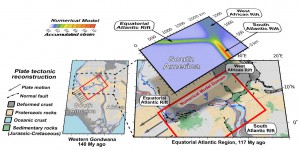 Congratulations to EarthByte’s Sascha Brune and Christian Heine (now at Shell in The Hague) who made it to the Sydney Uni front page with a media piece on “How the world missed out on a Saharan Atlantic ocean”, attracted international media attention and were chosen as a “Research Focus” in the current volume of Geology for their paper: Oblique rifting of the Equatorial Atlantic: Why there is no Saharan Atlantic Ocean. Well done! … Read more…
Congratulations to EarthByte’s Sascha Brune and Christian Heine (now at Shell in The Hague) who made it to the Sydney Uni front page with a media piece on “How the world missed out on a Saharan Atlantic ocean”, attracted international media attention and were chosen as a “Research Focus” in the current volume of Geology for their paper: Oblique rifting of the Equatorial Atlantic: Why there is no Saharan Atlantic Ocean. Well done! … Read more…
Tectonophysics – Cenozoic uplift of South Western Australia as constrained by river profiles
Barnett-Moore, N., Flament, N., Heine, C., Butterworth, N., & Müller, R. D. (2014). Cenozoic uplift of south Western Australia as constrained by river profiles. Tectonophysics, 622, 186-197. doi: 10.1016/j.tecto.2014.03.010. Cenozoic uplift of south Western Australia as constrained by river profiles

